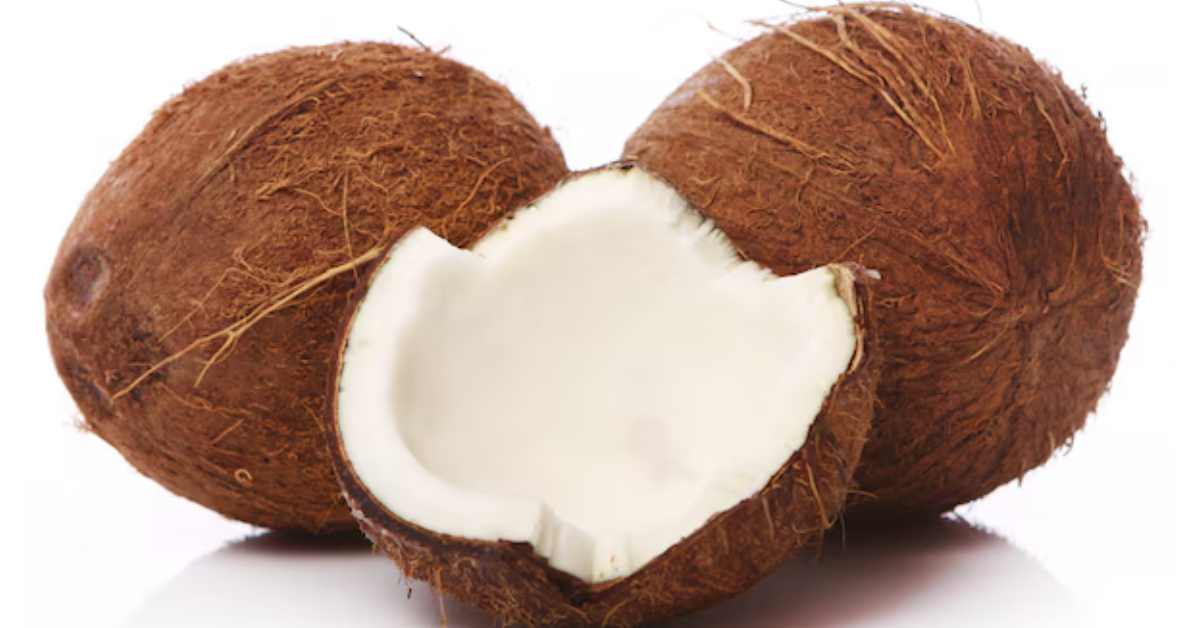Amla 101: Benefits, Nutrient Facts, Uses, and Side Effects
Amla 101: Benefits, Nutrient Facts, Uses, and Side Effects
Amla, commonly known as Indian gooseberry, is a fruit which is loaded with enormous amount of nutrients and is famous for multitude of benefits that it provides to the body. As a rich source common nutrients, it has saved millions of lives and found its rightful place in traditional medicine.
In this article, you will learn about the numerous uses of amla fruit to get the most out of this mighty berry, discover what nutrients it is rich in, find out how, when, and in what form you can take it, and study some possible side effects.
What is Amla?
Amla, scientifically known as Phyllanthus emblica, is a small, green fruit native to India. Its tart flavour and powerful health benefits have made it a prominent ingredient in Ayurvedic medicine.
Benefits of amla for health
Boosts Immunity
Amla, being packed with vitamin C, is one of the best weapons against diseases and strengthens the immune system by increasing the formation of white blood corpuscles. Also, it has a high antioxidant content that enhances immunity by combating free radicals, leading to less oxidative stress and inflammation. daily intake of amla shall, therefore, greatly enhance your bodies ability to fight day-to-day diseases and May enhance your immune system’s health.
Improves Digestion
Supporting firm evidence on the ability of the fruit to increase stool bulk and thus prevent constipation through it’s high content in dietary fibre. It also increases the amount of secreted digestive enzymes, thereby increasing digestive efficiency and causing specific complaints such as constipation or flatulence. Thus, the product incorporates fibre and digestive function to guarantee the gut is healthy and the digestion process runs smoothly.

Supports Skin Health
Amla provides antioxidants which effectively fight free radicals that are notorious in skin aging. High vitamin C content to assist in creation of collagen that is essential for skin firmness and to minimize wrinkle formation. Also, it has qualities that reduce inflammation affecting the skin, thus aiding in the control of acne and skin inflammations and helping the skin regain that natural youthful glow.
Enhances Hair Health
Pure amla enhances the roots and elegance of hair by preventing breakages since the fruit is loaded with these essential nutrients. Daily usage or consumption will result in better and stronger hair. The anti-inflammatory aspect also assists in minimizing dandruff and dry scalp and amla oil promotes improvements in hair gloss and silkiness and therefore promotes vitality and healthy hair.

Regulates Blood Sugar
Amla helps in controlling a healthy blood glucose level because the body is able to absorb less glucose and become able to accept insulin in the system. In any case, it can be useful for those who have diabetes or, at least, for those who must stick to moderate glycemic levels. It promotes the right utilization of glucose in metabolism and is highly crucial in metabolic representation.
Detoxifies the Body
The natural cleansing ability of Amla enhances the functioning of liver and kidney as well as helps them discharge toxins and waste products from the body. It helps shield the liver cells from harm and allows it to detox and expunge surplus waste from the kidneys, making the human body a cleaner one.

How to Use Amla
- Raw: Eating raw amla is one of the most effective ways to gain its benefits, though its strong taste can be an acquired one.
- Juice: Raw, directly extracted amla juice is the best form of taking the fruit because it is more efficient in terms of concentration.
- Powder: Amla powder can be blended into smoothies or mixed with yogurt or in a glass of water for the purpose of having healthy ingredients.
- Supplements: These come in capsule or tablet form and enable the user to get a measured dose of the amla’s benefits.
- Topical: The external or topical uses of amla oil or extracts include massaging on the skin or applying to the hair.
Tips for Incorporating Amla into Your Diet
- Start Slowly: As this herb may not be commonly used, ensure that when one introduces amla into their diet, they should take it in small portions to assess the reaction of the body on taking the product.
- Combine with Other Foods: The taste of amla powder is extremely sour; therefore, you can mix it with honey or lemon juice in order to mask the taste.
- Make a Routine: It is recommended that one should include amla in their daily diet in order to get the best results.
Potential Side Effects
While this is generally safe for most people, it’s important to be aware of potential side effects.
- Digestive Issues: It is said to cause diarrhoea or stomach upsets if one takes a lot of this fruit called amla.
- Allergic Reactions: Based on the reactions that people may display, some of them may develop an allergic reaction that may be in form of rashes or itching.
- Blood Thinning: In general, amla has an anti-coagulant effect and as such, any Amla consumer undergoing therapy involving blood thinners should talk to his/her doctor.
Conclusion
Amla is not only an amazing source of nutrition but it also possess many curative properties; it strengthens the immune system and, besides, has a positive impact on the skin and hair. This is available fresh, as juice and as supplements, and it can be incorporated in the diet for the improved health of a human being. Nonetheless, it is always advisable to incorporate it slowly in your diet, similar to any supplement or new food, and it is advisable to consult a doctor in case of any complications.










Post Comment